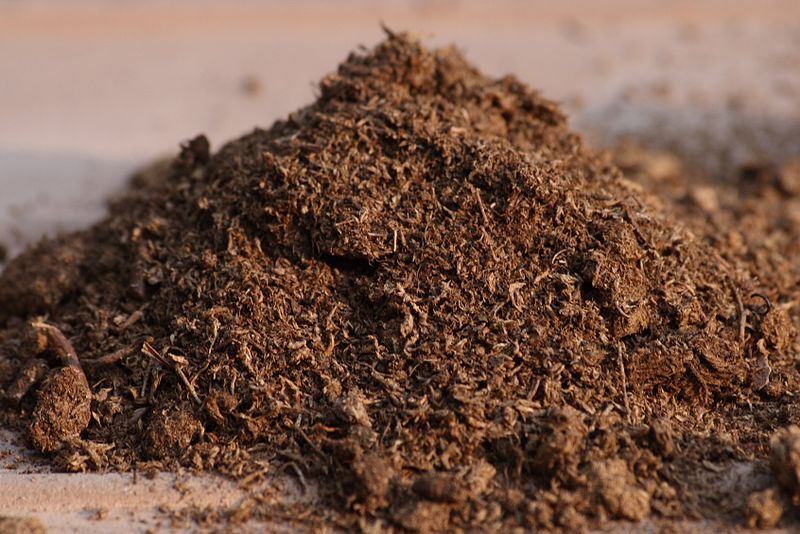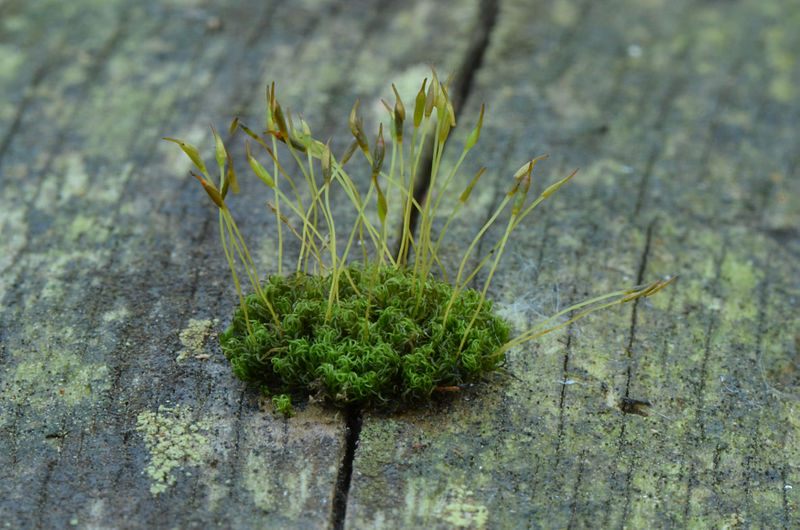Save the Bogs, for Peat’s Sake
These little-loved wetlands are a crucial front in the fight against climate change.

In Shetland, the rolling hills are covered in what’s known as blanket bog, built up over hundreds, even thousands, of years. The climate on the Scottish archipelago is wet, and when the sphagnum mosses that cover the hills die, they decompose slowly, transforming into peat. Under a smooth blanket of fresh new growth, the soggy peat accumulates, growing yards deep in some places. Sue White spends quite a bit of her time out on bogs like this, planning how to fix them.
Part of White’s job, as the Peatland Restoration Project Officer of the Shetland Amenity Trust, is to find places where that blanket of moss has been torn. Damaged bogs can dry out into black strips of bare peat. A small crack can turn into a gully, which will form other gullies, until the peatland is exposed, dry and dying. In one worst-case scenario, heavy rains can pour through the cracks and puddle, like a blister, deep below. “It builds up and builds up and builds up until eventually it just wrenches the whole hillside away,” she says. “When the peat starts moving, it’s like gravy. It’s that kind of consistency. It just flows and flows and flows.” White is there to help save damaged bogs before this can happen.
Environments such as Shetland’s, along with peatlands around the world, have been overlooked for years. They are not necessarily easy to love: low and mucky and often bare of trees. To walk across a peatland, you’d better bring a good pair of boots.

But across the world conservation efforts such as Shetland’s are putting new effort into saving these unloved but important lands. Earlier this year, for instance, the Scottish government announced it will put £8 million per year into peatland restoration, more than ever before. In Indonesia, fires have destroyed tropical peatlands (which unlike more northern peatlands, can be covered in trees), and in 2016 the government there created a special peatland restoration agency. And at last year’s international climate change conference in Marrakesh, Morocco, world leaders announced a Global Peatlands Initiative.
This attention to peatlands is being driven, in part, by the growing awareness that these scrubby-looking areas are among of the world’s most important carbon sinks. They cover only 3 percent of the planet’s land surface, but store 30 percent of its carbon—more than twice as much as the world’s forests. And when peatlands are damaged or drained, they leak massive amounts of carbon into the atmosphere.
With climate change’s impact increasing by the day, conserving these environments is starting to seem like critical work. In the 1990s, environmentalism often focused on biodiversity, and rain forest was the ecosystem that concerned people rallied around. In the 2010s, the rain forest still matters, but the bogs do, too.

Richard Lindsay, the head of environmental and conservation research at the University of East London’s Sustainability Research Institute, has been studying peatlands for decades, and he compares these landscapes, “some of the most fascinating and spectacular of the natural world,” to Cinderella. “They provide us with so much in a totally invisible way, just like Cinderella,” he says. But even getting people to recognize their existence is a challenge. Depending on where you are in the world, peatland might be described as forest, tropical forest, upland heath, or low-growing cloud forest, and the peat that underlies the vegetation might be ignored or mismanaged. Back in January, scientists identified the world’s largest peatland, which covers an area larger than all of England, in a tree-covered basin in the Congo region of Africa. No one had even known it was there.
Awareness of peatlands began growing among conservationists in the 1980s. Early in his career, Lindsay got involved with a major fight to save the Flow Country, a blanket bog that extends over vast parts of northern Scotland and that was being transformed into forestry land. At the time, no one knew how unique the ecosystem there was; now it’s being considered as a possible World Heritage Site. Over time, places such as Finland (the most peat-dense country in the world), South Africa, Austria, Canada, and the USSR began surveying their peatlands. Scientists also began to understand the ecological services, such as water filtration, that peatlands provide. But it was the international efforts, starting in 1992, to fight climate change that started to draw real attention to their secret, carbon-storing power.

There were times and places when humans did respect and value peatlands. In Ireland, for instance, peatlands were used to store and preserve huge chunks of perishable butter. They were also seen as religiously significant, and have preserved the bodies of people buried thousands of years ago. (Some of that preserved butter may have been intended as an offering to the gods.) “There are very few areas of the world where if you stand in the middle of the landscape you see what Neolithic society would have seen,” says Lindsay. “There is something incredibly primeval about it. We know from the peat record that these areas have been there for 10,000 [or] 20,000 years. In some cases, 60 or 70,000 years or more. That’s something that’s quite special.”
But as places to protect today, peatlands can be a hard sell. They are gooey. Lindsay points out that they have fewer solids than milk, which means walking on a bog is almost like walking on water. They’re no good for growing crops, and because the plant matter in them doesn’t decompose, they don’t release nutrients into the environment. Perhaps this is why, in parts of Europe for example, vast stretches of peatlands have been drained and destroyed. Though most of the world’s peat remains intact, it is under threat. In Southeast Asia, for example, peatlands are being transformed into commercial tree plantations.

But in the past few years efforts to conserve and restore peatlands have been accelerating. Damaged peatland can take hundreds of years to recover, but protecting and restoring it can be relatively simple: If it is drying out or has been drained, just add water.
When White first started working with peatlands in Shetland a few years ago, she sometimes despaired over the dark swaths of damaged peatland. But she’s since learned that there are simple, effective strategies for bringing them back. Once she identifies places where a peatland has been damaged, her next step is the stop the water from flowing out of the peat. “We dam the gullies,” she says. “You get an instant result quite quickly. You get pools. It’s like being kids again.” Sometimes making the dam is as simple as piling up earth with a piece of construction equipment. Sometimes it requires using plastic poles or netting—in Shetland, creatively reused fishing equipment. Signs of improvement can be visible within a few years. Says White, “What we have learned is—it’s doable.”















Follow us on Twitter to get the latest on the world's hidden wonders.
Like us on Facebook to get the latest on the world's hidden wonders.
Follow us on Twitter Like us on Facebook